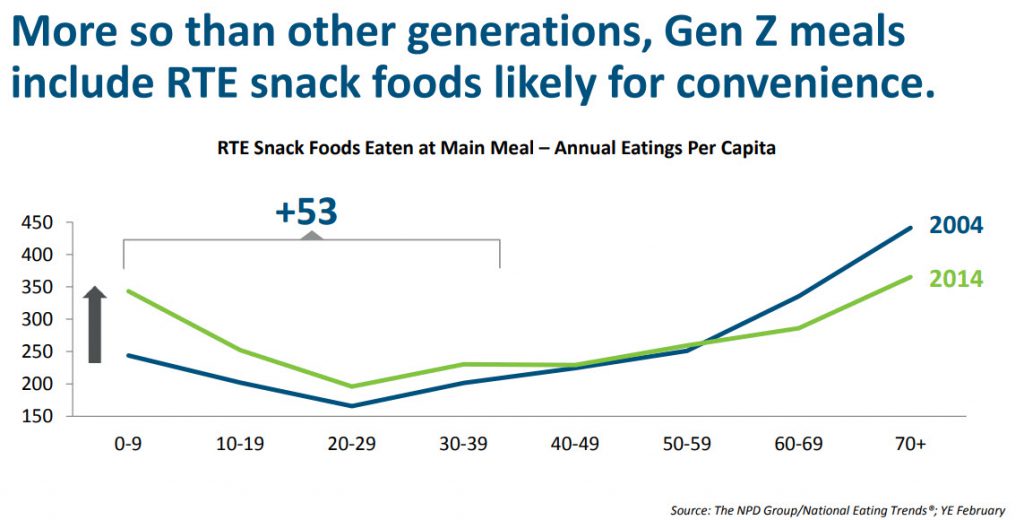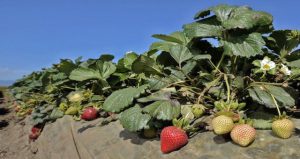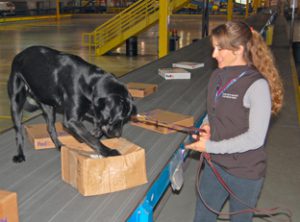
By Ryan Sabalow and Dale Kasler
March’s powerful storms may have saved California from having one of the worst wet seasons on record, but the state’s Sierra snowpack still remains well below average.
April 1 is considered the official end of the California’s rain and snow season. On Monday, the Sierra Nevada snowpack was 52 percent of average, according to readings from automated snow sensors the state Department of Water Resources has placed around the massive mountain range that spans California’s eastern border.
“A good March, but certainly not a great March, and by no means even close to the ‘March Miracle,'” Frank Gehrke, director of snow surveys for the Department of Water Resources, told reporters Monday after conducting a snowpack reading near Echo Summit. His measurement showed snow-water content at just below half of its long-term average at that location.
The Sierra snowpack often is called the state’s largest reservoir. As it melts during the state’s dry, hot months, the water flows into the massive network of reservoirs that ring California’s Central Valley. They store the water and release it to cities and farm throughout the year.
But a lower-than-average snowpack doesn’t necessarily mean California water supply is in dire shape as the state heads into its dry season.
Thanks to water held over from last winter, most of the state’s reservoirs still are in decent shape. As of Monday morning, the state’s largest reservoirs were right at average, according to state Department of Water Resources data.
Much of that is water is from the deluges of 2017, which filled lakes to the brim and prompted Gov. Jerry Brown to declare California’s record-breaking five-year drought at an end.
Shasta and Folsom are above average for this time of year. Folsom is 129 pct of average. Shasta, the state’s largest reservoir, is 105 percent. The only large reservoir in California that’s significantly below average is Oroville, the state’s second largest. It’s being kept at 60 percent full, about a quarter less than it normally would be this time of year.
State water managers have intentionally kept Oroville lower this winter in hopes they could avoid using the lake’s spillway, which is under construction. The spillway failed dramatically in February 2017, prompting a frantic two-day evacuation of 188,000 people below the dam.
Last month’s rainfall gave Sacramento a major boost in local precipitation. March brought 5.37 inches of rain to the city.
An average March in Sacramento is 3.02 inches. Still, March’s soaking wasn’t enough to erase the city’s dry winter. Sacramento stands at 77 percent of average.
It’s much worse in Southern California, where Los Angeles sits at a mere third of average. Even with so little rain in the southern half of the state, the situation hasn’t become desperate. Southern California receives much of its water from the Colorado River and Northern California.
Diamond Valley Lake, a key Southern California drinking water reservoir almost as large as Folsom Lake, filled last winter from water pumped from the north state. On Monday, it was 89 percent full.
Rain is expected to return to the north state this week. The National Weather Service says there’s a 20 percent chance of rain on Thursday in Sacramento. Rain is likely Friday, and could continue on Saturday and Sunday. Californians shouldn’t expect much snow from the storm. So far, the forecast is for a warm storm with snow only at high elevations.
Karla Nemeth, director of Department of Water Resources, attended the Echo Summit snow survey on Monday. She said that while last winter’s heavy storms brought the state out of a long drought, this winter showed that Californians need to be prepared for the next one.
We’ve got one word for all Californians: Conserve,” she said.










